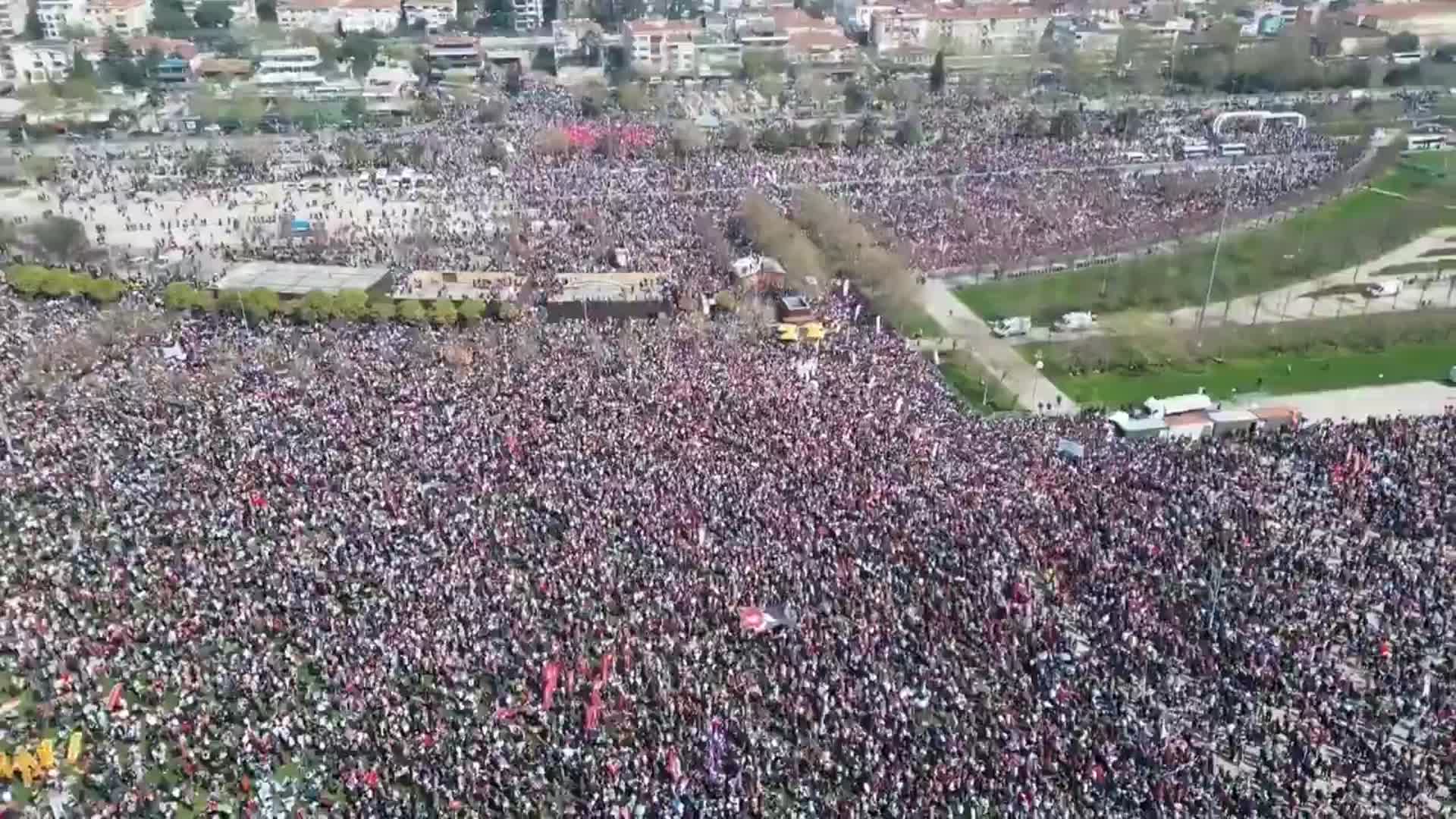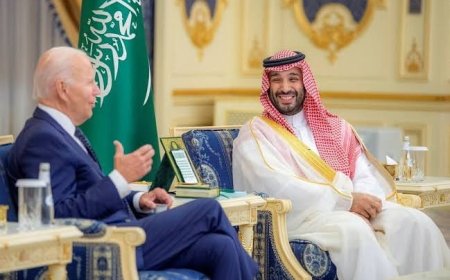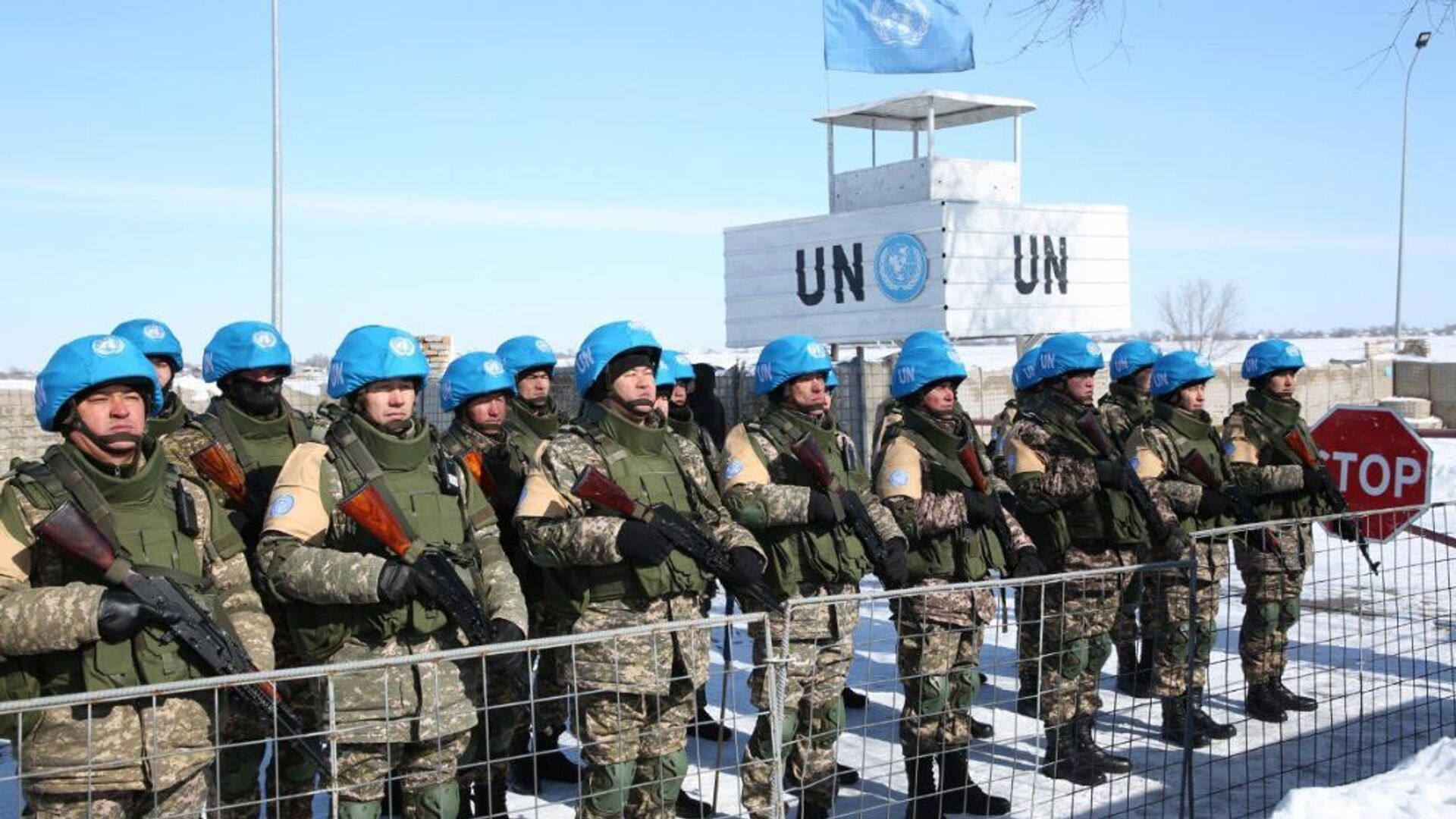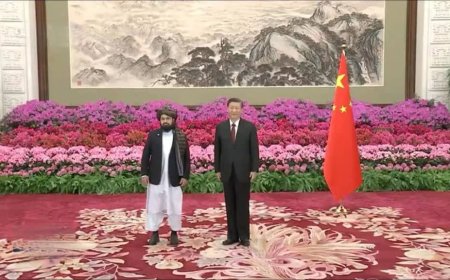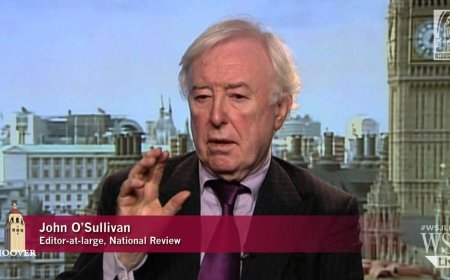The Soviet Union's Only President Starred in a Pizza Commercial
Few people know that Mikhail Gorbachev, the only president of the Soviet Union, became the face of a pizza commercial. This surprising fact highlights an unexpected chapter in his post-political career. The ad was created for Western audiences, filmed in Moscow, with a reported budget of around $1 million, including Gorbachev’s fee.
How Did Gorbachev End Up in a Commercial?
-
Who Commissioned the Ad?
- The commercial was made for Pizza Hut, one of the largest pizza chains in the world.
- The concept leveraged Gorbachev’s global fame as a symbol of change and openness brought by his policies of perestroika and glasnost.
-
Filming:
- Shot in Moscow, the ad prominently featured iconic landmarks to emphasize its connection to Russian history and transformation.
- Gorbachev reportedly agreed to participate to draw attention to global issues and perhaps financially support his initiatives.
What Was the Commercial About?
In the ad, Mikhail Gorbachev walks into a Pizza Hut restaurant with his granddaughter. At a nearby table, patrons begin debating his legacy:
- One criticizes Gorbachev for causing economic problems.
- Another counters that his reforms brought freedom and made it possible for businesses like Pizza Hut to enter the country.
The ad concludes with everyone raising a toast to Gorbachev.
Reactions and Impact
-
In the West:
- The ad was well-received, as Western audiences associated Gorbachev with the end of the Cold War and democratic reforms.
-
In Russia:
- The reaction in Russia was mixed. For some, it symbolized the capitalist wave that replaced the Soviet era. Others criticized Gorbachev for participating in a commercial project.
Fun Facts
- Gorbachev donated his fee from the ad to fund educational and charitable initiatives.
- The commercial remains one of the most talked-about examples of a world leader appearing in advertising.
Conclusion
Mikhail Gorbachev’s role in the Pizza Hut ad is more than a marketing gimmick — it’s a vivid reminder of a changing era and a symbol of the transition from the Soviet system to new realities. This moment remains a controversial yet fascinating part of his complex legacy.
The editorial board is not responsible for the content and accuracy of material taken, sent or obtained from other sources. The publication of such materials is for informational purposes only and does not imply automatic endorsement or approval of their content.

